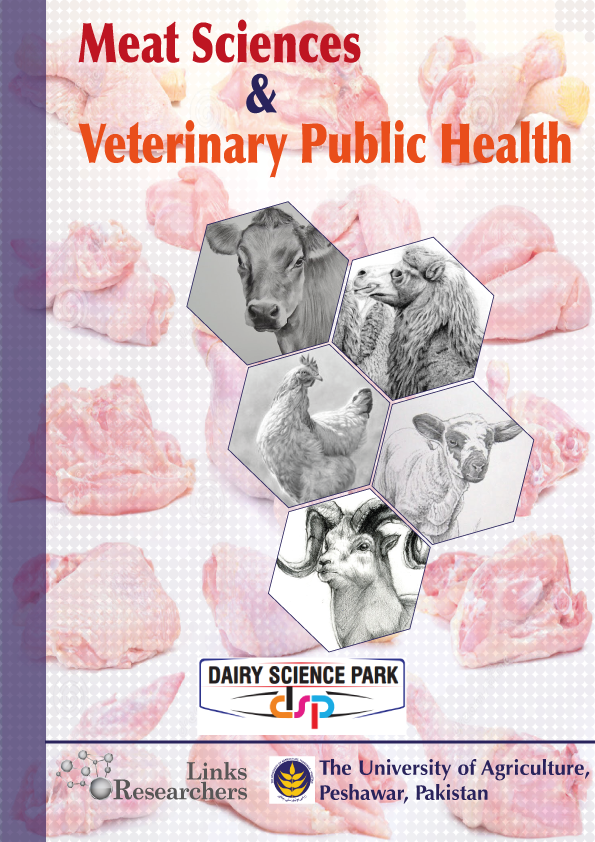Mohammed Ali Hussain, Zakiya Ahmed Hassan
Ghulam Ali Bajwa and Muhammad Arshad Khan
Sania Subhan Qureshi, Mian Saeed Sarwar and Zahir Shah
S. K. Dutta, S. Roy Chowdhuri, D. Pandit and A. K. Bajpai
Muhammad Ibrahim and Ahmad Khan*
Zabih Ullah*, H. Rahman and Niaz Muhammad
Hafiz Muhammad Tahir1, Khanum Zahra2, Arooj Zaheer2, Khizar Samiullah3
Hafiz Muhammad Tahir*, Arooj Zaheer and Rabia Yaqoob
Waqas Liaqat1, Mohammad Akmal1* and Jawad Ali
Haq Nawaz Malik*, Iffat Ara**, Muhammad Naeem, Mozammil Hussain, M. Hanif Munawwar and M. Yousaf
Ashiq Saleem, Habib Iqbal Javed, Rashid Saleem,* Muhammad Ansar** and M. Amir Zia*
Syed Asif Imran Shah*, Shah Jehan Khan**, Abdul Aziz Baloch*** ,
Obaid Ullah Sayal**, Kalim Ullah* andShujaat Ali**
Muhammad Faheem Jan1*, Asad Ali Khan1, Waqas Liaqat1, Haseeb Ahmad1, Muhammad Dawood Ahmadzai1 and Wazir Rehan2
Masab Umair Khan, Syed Mehar Ali Shah, Hidayat-ur-Rahman, Arshad Iqbal* and Ezaz Aslam
Abid Ali1*, Hidayat ur Rahman1, Farhatullah1 and Zahir Shah2
Muhammad Zeeshan Nazar*, Ayyan Umer, Zahid Mahmood Sarwar, Faiz Ullah Faiz and Sikandar Hussain
Mehreen Ijaz
Gulnaz Ismaylova
Hafiz Muhammad Tahir*, Iram Liaqat*, Junaid Nadeem, Hammad Aamir and Shaukat Ali
Ayesha Muzamil, Hafiz Muhammad Tahir, Shaukat Ali, Iram Liaqat, Aamir Ali, Muhammad Summer
Naila Shahzadi1, Hafiz Muhammad Tahir1*, Shaukat Ali1, Muhammad Farooq Bhatti2, Azizullah1, Shafaat Yar Khan3, Abdul Khaliq4
Guo-dong Zhao1,2*, He-ying Qian1,2, Yi-ling Zhang1,2, Gang Li1, 2, Jian Tang1, 2 and An-ying Xu1,2*
Iqtidar Hussain1, Haroon Shahzad2*, Sami Ullah2*, Muhammad Jawad Nazir1 and Muhammad Rizwan3
Sharon Zulfiqar1, Mubashar Hussain1*, Kiran Aftab1, Muhammad Faheem Malik1, Rizwan Khursheed2, Somia Liaqat1 and Maimoona Kanwal1
Sajid Ali1*, Shahen Shah2, Muhammad Amin3, Asad Ali Khan2, Sajjad Khan4, Dawood Ahmad5, Faiq Ahmad2, Maaz Khan2, Sikandar Azam1, Siddique Ahmad2 and Bismillah Khan2
Ghulam Ali Bajwa1*, Zahid Rızwan2 and Muhammad Atıf Majeed1
Sehrish Akram1, Abida Butt1* and Shakil Ahmad Khan2
Naila Shahzadi1, Hafiz Muhammad Tahir1*, Azizullah1, Muhamamd Farooq Bhatti2, Shaukat Ali1, Muhamamd Summer1 and Farman Ahmad Chaudhary3
Aamir Ali, Hafiz Muhammad Tahir*, Azizullah, Shaukat Ali, Muhammad Farooq Bhatti, Muhammad Summer and Ali Haidar Gormani
Muhammad Salman1*, Naveed Ahmed2, Mir Manzar Ud Din3, Fazli Amin4 and Arsalan Ali5
Muhammad Farooq Bhatti1, Hafiz Muhammad Tahir1*, Aamir Ali1, Hooria Ashraf Khan1, Rabia Fajar Ali2, Ayesha Muzamil1, Fariha Munir3, Fatima Ijaz1, Rizwan Khurshid3
Shama Sadaf1*, Ayesha Saeed1, Komal Hassan1, Zeeshan Ahmad2 and Maha Naeem Butt1
Ndubuisi Chinedu Adikuru1*, Paul Inyang2, Abraham Agwu Ngwuta1, Chinyere Prisca Anyanwu1 and Rosemond Adaohuru Alagba1
Featuring
-
Reproductive Characters and Yield of Selected Drought Tolerant Maize Varieties in a Rainforest Agroecology of Nigeria
Ndubuisi Chinedu Adikuru, Paul Inyang, Abraham Agwu Ngwuta, Chinyere Prisca Anyanwu and Rosemond Adaohuru Alagba
Pakistan Journal of Agricultural Research, Vol.37, Iss. 1, Pages 70-78
-
Evaluation of Five Different Botanical Extracts Against Some Pests and Predators in Laboratory Conditions
Bilal Saeed Khan, Muhammad Aneeb Shahzad, Muhammad Irfan Ashraf, Zahid Mahmood Sarwar, Muhammad Farooq and Awias Rasool
Pakistan Journal of Agricultural Research, Vol.37, Iss. 1, Pages 62-69
-
Species Complexity of Order Odonata in District Dir Upper, Khyber Pakhtunkhwa, Pakistan
Inayat ul Islam, Rooh Ullah, Ahmed Zia, Abdul Rauf Bhatti, Maryum Ilyas, Sohail Hayat and Khabab Hayat
Pakistan Journal of Agricultural Research, Vol.37, Iss. 1, Pages 56-61
-
Assessment and Economic Returns of Lemons at District Naushahro Feroze, Sindh, Pakistan
Wali Muhammad Mangrio, Hakim Ali Sahito, Faheem Ahmed Jatoi and Fahmeeda Imdad Sahito
Pakistan Journal of Agricultural Research, Vol.37, Iss. 1, Pages 48-55
Subscribe Today
Receive free updates on new articles, opportunities and benefits

© 2024 ResearchersLinks. All rights Reserved. ResearchersLinks is a member of CrossRef, CrossMark, iThenticate.










